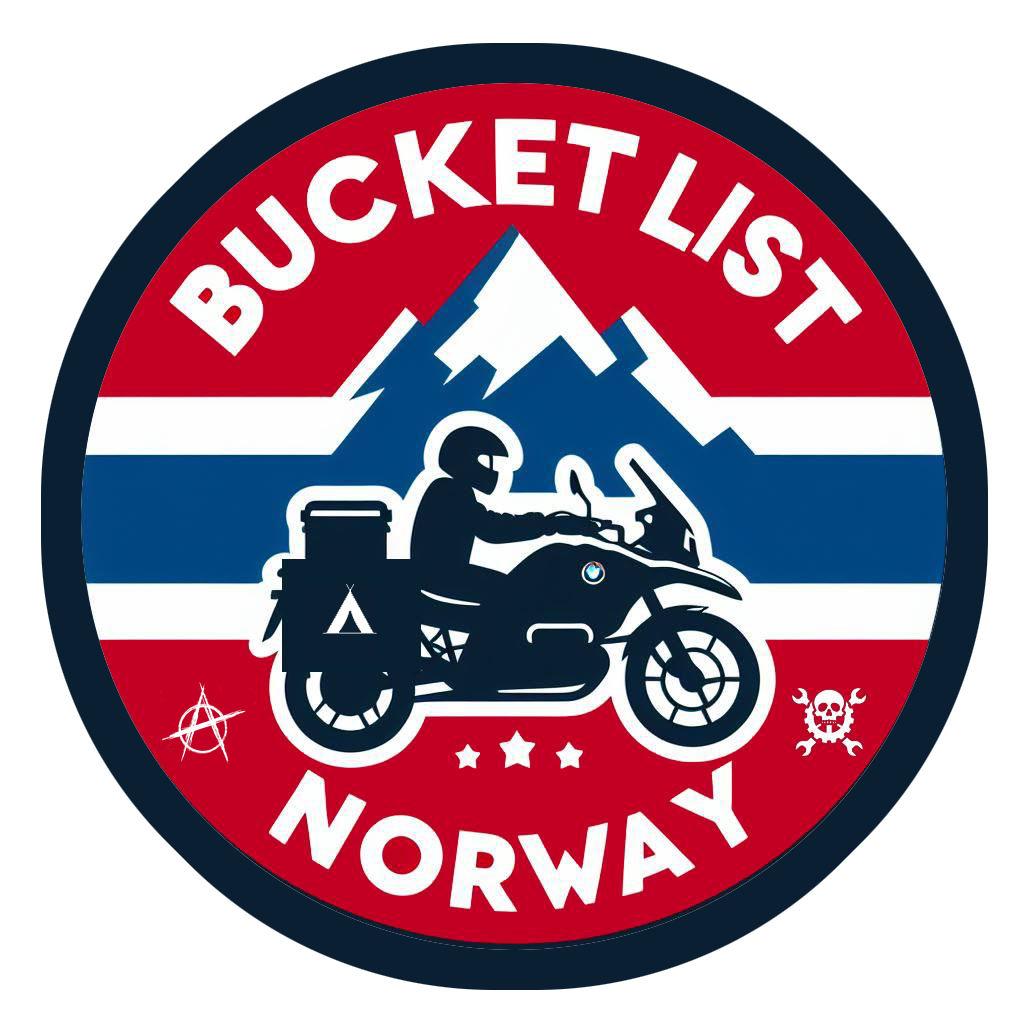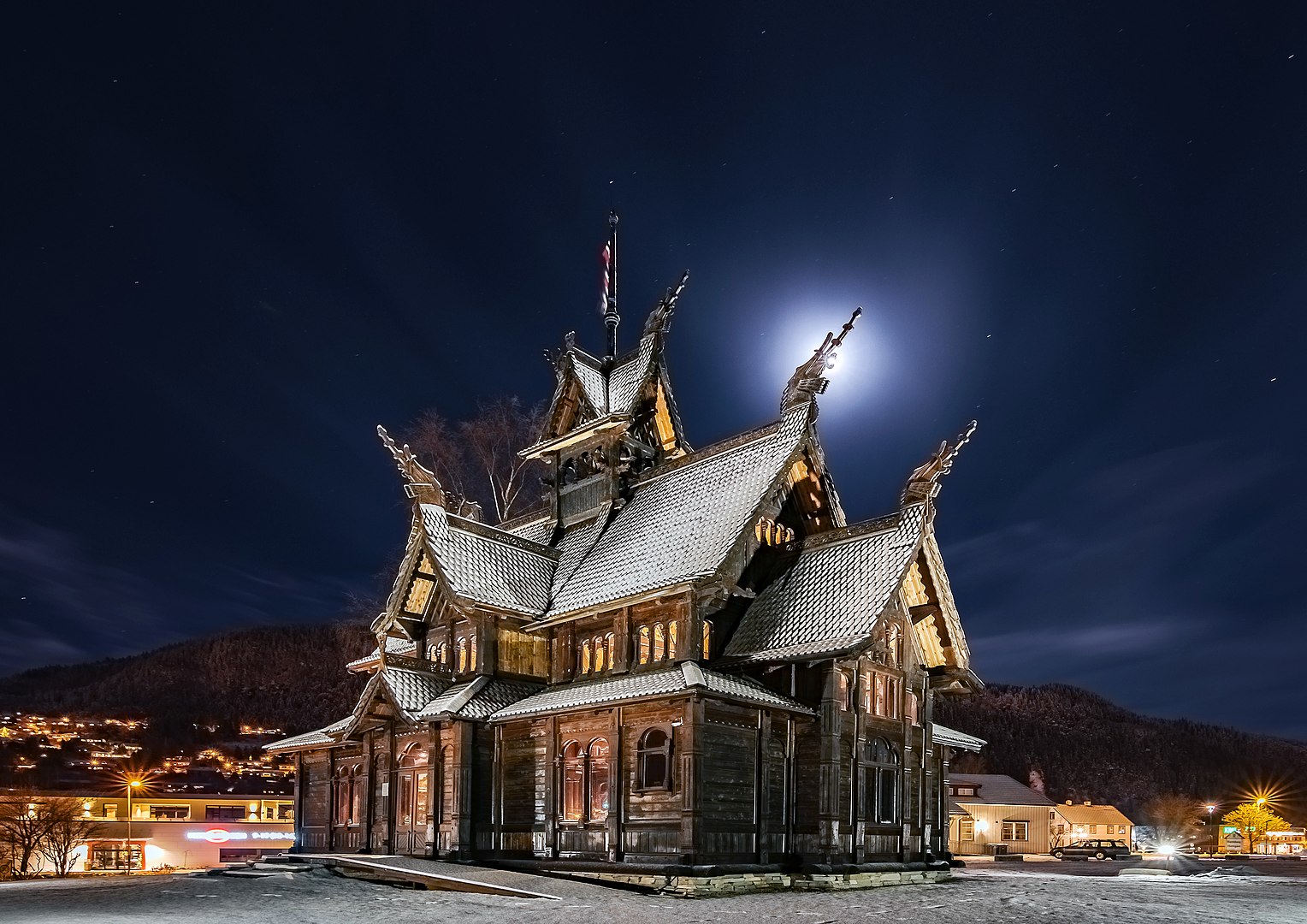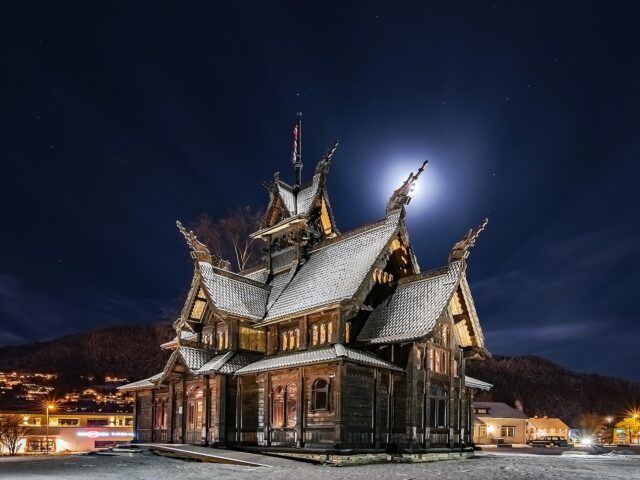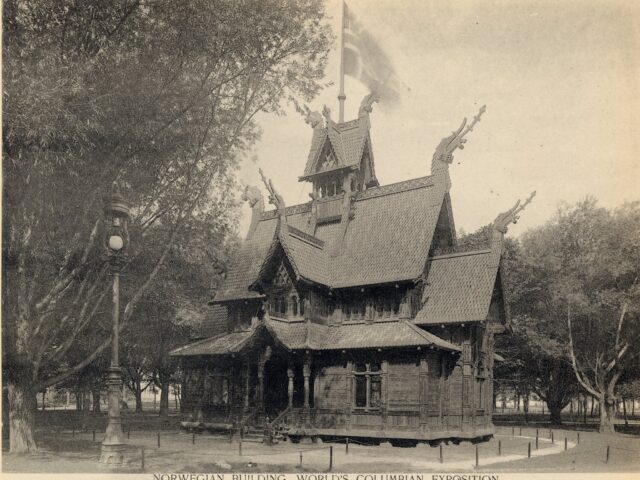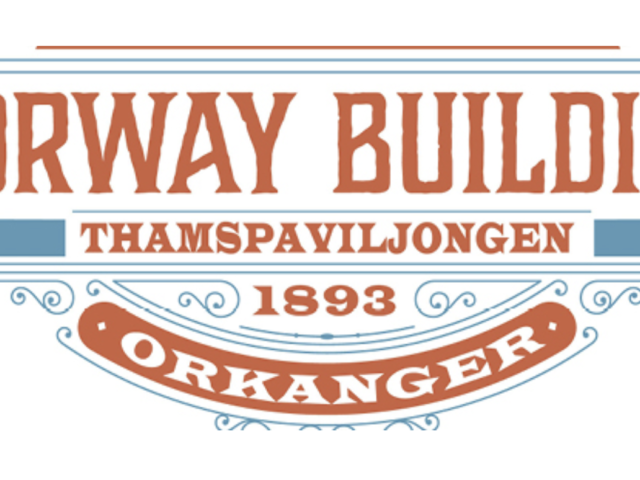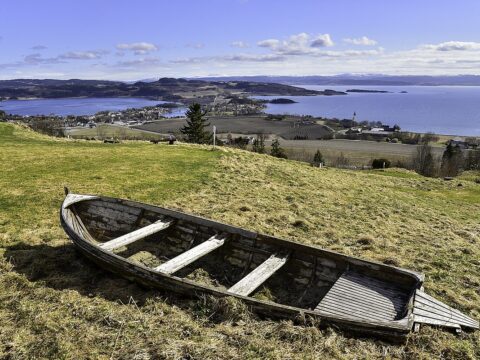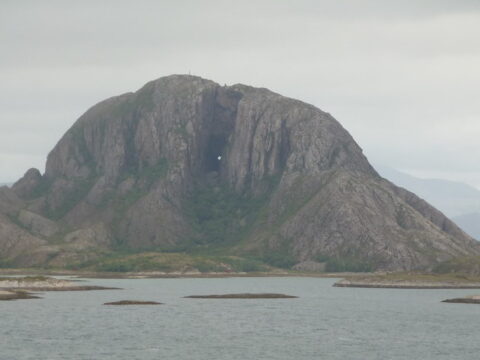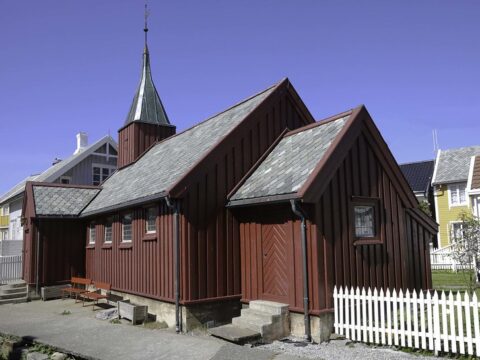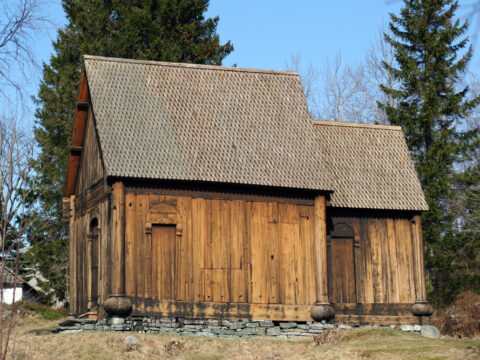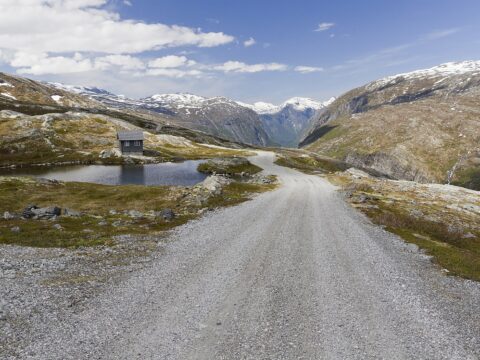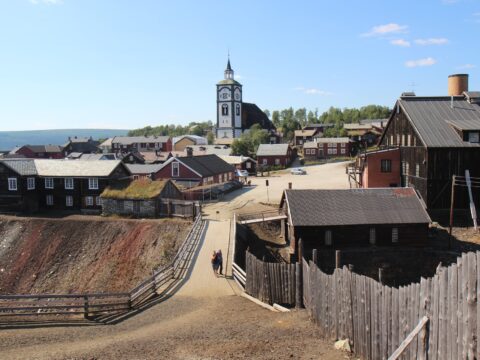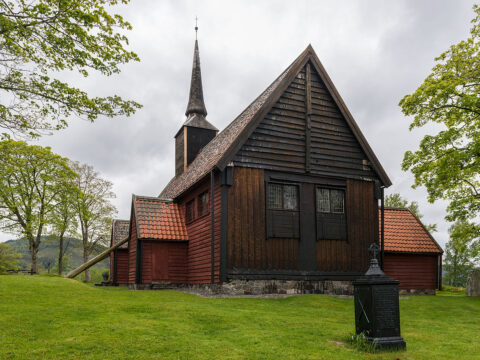Address
Allfarvei 3, 7800 Orkanger
GPS
63.312376955094, 9.853764666434
Telephone
3 users have saved this item in their Bucket list.
You can also make your own list.
The Norway Building, or Thamspaviljongen, is a unique building – built as a stave church – with an equally unique history. It was originally built for the 1893 Chicago World’s Fair. It has been moved 4 times before it was finally brought back to Norway in 2017.
The 1890’s was an interesting time in Norway. We were still in union with Sweden, but there were forces at play working for an independent Norway. This is probably why the Norwegian government decided in May 1892 to participate with a pavilion in the Chicago World’s Fair the next year.
To highlight the “Norwegian” heritage, it was decided that the pavilion should be built as a stave church. Architect Waldemar Hansteen was given the task to draw it since he had stave church experience. In 1884 he moved Gol stave church from Gol to King Oscar II’s private outdoor museum at Bygdøy. (Later Norwegian Museum of Cultural History (Norsk Folkemuseum). Inspired by the Gol church, he drew the house, which Strandheim Mill at Orkanger was elected to build. But the deadline was short. Three hundred workers built the house in just 3 months, and it was shipped over the Atlantic by the steamboat Hekla. The founder of Strandheim Mill was Christian Thams, hence the name Thamspaviljongen.
Unfortunately, the boat’s axel broke during the crossing. They were delayed, and the house was not ready for the opening of the fair in May. But after 1.5 month, the visitors could enter, and approx. 27 million people saw the Norwegian Building, as they called it, before the fair ended in October.
On the move
To make a long story short; after the fair, billionaire C. K. Billings bought the house at an auction and moved it to his country house by Lake Geneva. Billings later moved and sold the house to another rich guy, William Mitchell. He died after a few years and the place was bought by the chewing gum king William Wrigley. His son were into movies and used the pavilion as a cinema.
In 1935 the house was moved again because Isak Dahle had started to build an immigrant museum called Little Norway In Mount Horeb. At Dahle’s museum, The Norway Building was the main attraction from 1936, till the museum was closed in 2012.
Home to Norway
Without knowing that the museum was shut down, Olav Sigurd Kvaale decided in 2014 to travel to the US with his cousin Sigrid and spouses to have a look at the pavilion. He had an old picture of the house. And information, saying that the detailed wood carvings around the entrance, were done by their grandfather, Peder Kvaale.
They were of course impressed by the old building, but since the museum was closed, they also started to worry about its future. The idea of bringing it home to Norway was born and on Olav S. Kvaale’s 70th birthday, the “Project Hematt” (Norwegian dialect for ‘back home’) was established.
Money were raised, both public and private. In 2015, 18 people travelled to Little Norway and after 3 weeks, the house was dismantled, labelled and packed in 3 40 feet (12 m) containers. Two years later, in 2017, the Norway Building was reopened in its home town of Orkanger – 124 years after it was built at the same location and shipped to the US.
How cool is that story, right? 🙂
